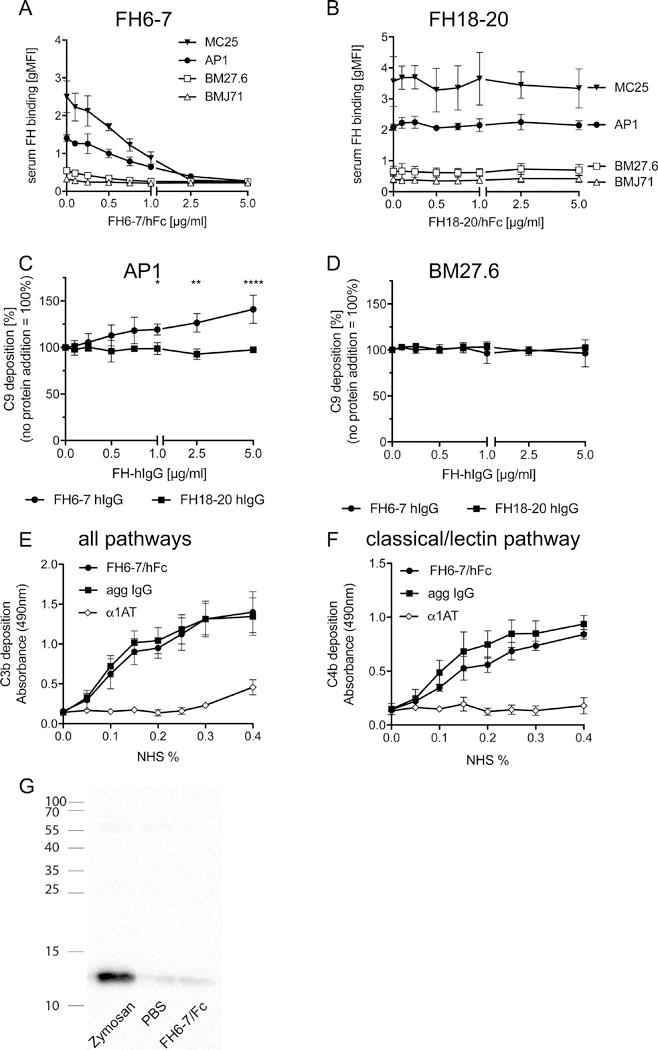Figure 2. FH6-7/hFc competes out serum FH and activates complement.

Bacteria were incubated in serum in increasing amounts of FH6-7/hFc (A) or FH18-20/Fc (B) and analyzed for binding of serum FH. (C) Flow cytometry was used to measure surface bound C9, the final step of complement activation. FH18-20 did not increase C9 on AP1. (D) Complement C9 deposition was not affected by FH6-7/hFc or FH18-20/hFc on BM27.6 that does not bind either molecule. FH6-7/Fc immobilized on microtiter wells activates the classical and lectin pathways as measured by C3b (E) and C4b (F) deposition. (G) Plasma was incubated with FH6-7/hFc, PBS or zymosan and analyzed for C3a generation as a sign of complement activation. Mean (±SD) from at least 3 independent experiments are shown. Statistical significance of differences was calculated using a 2-way ANOVA with Dunnett’s post-test (overall p value in C p> 0.0001); *, p<0.05; **, p<0.01 and ****, p<0.0001.
